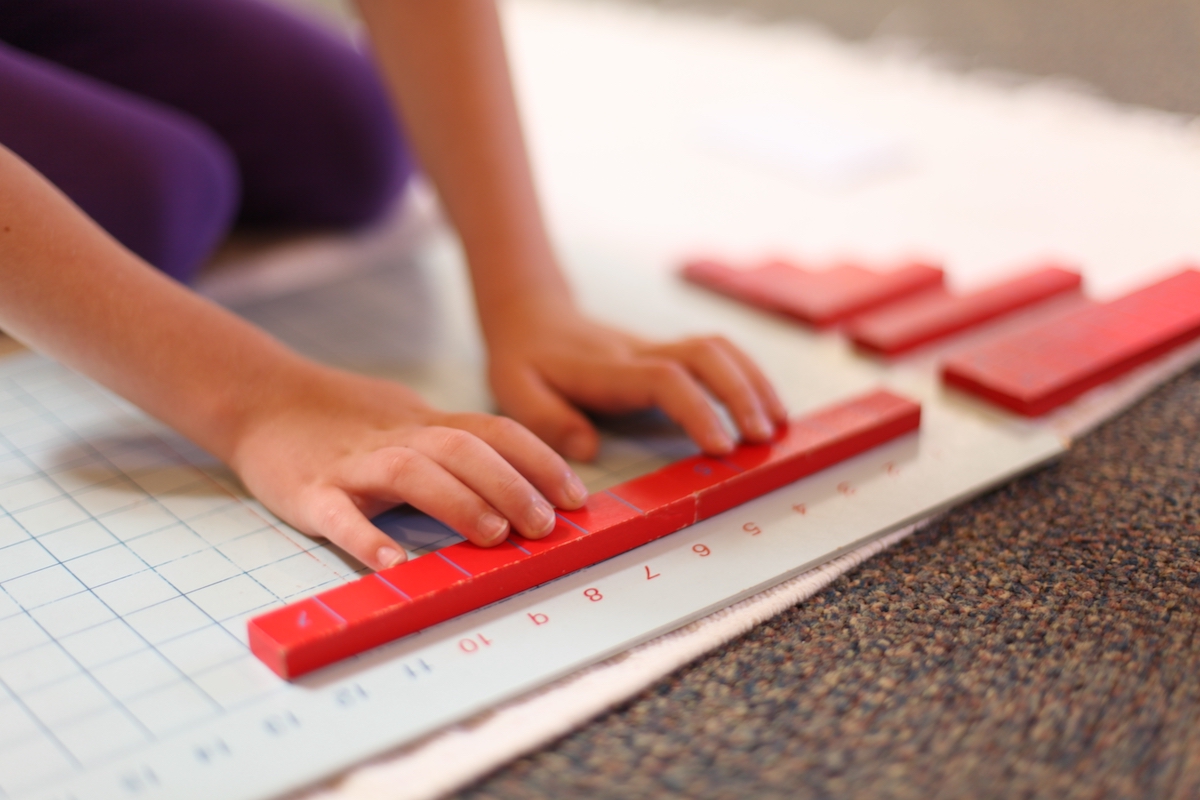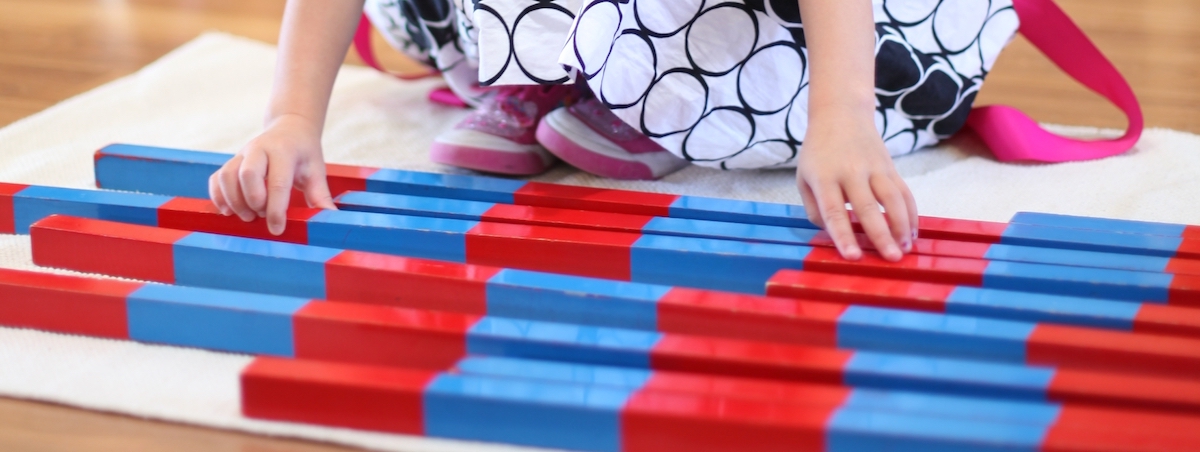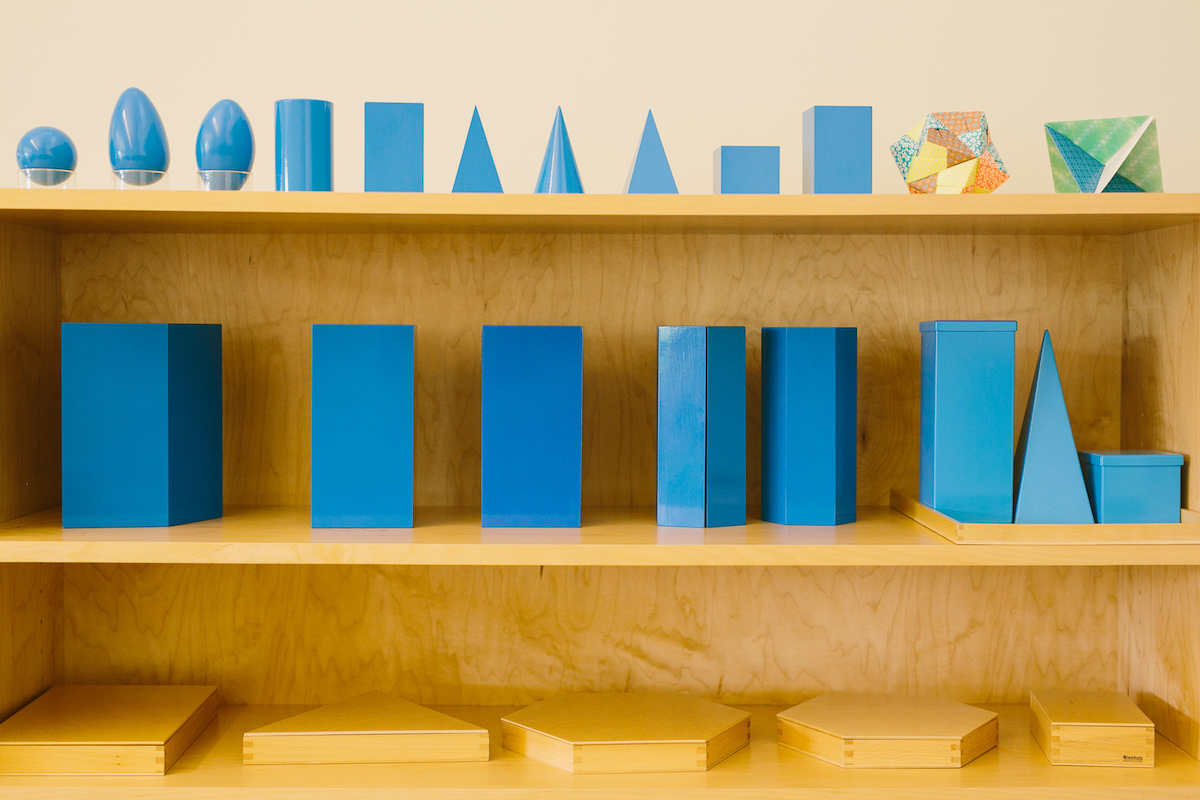We work hard to give kids a chance to read both fiction and nonfiction, but let’s not forget about poetry! April is a great month to celebrate. Check out this month’s book list for ideas.
(Click on the book image to go to the book's page on Amazon)
Where the Sidewalk Ends by Shel Silverstein
Silverstein’s poems are mostly silly, often inspiring, and always delightful. Combine that with his simple line drawings and your child will love every page. If you enjoy Where the Sidewalk Ends, check out Silverstein’s many other titles, including A Light in the Attic.
Jabberwocky: A BabyLit Nonsense Primer by Jennifer Adams, illustrated by Alison Oliver
In this great board book option for the youngest poetry lovers, Adams cleverly adapts Lewis Carrol’s classic from Through the Looking Glass, and What Alice Found There. The bright, whimsical illustrations transform a not-so-scary beast into a fun and triumphant poem.
The Crown on Your Head by Nancy Tillman
This sweet poem/story tells children what we already know about them: there is something special and magical about their individuality. While the illustrations show children with literal glowing crowns resting on their heads, the message is more figurative. Nonetheless, the qualities that make us unique follow us throughout our lives, and that each one of us carries our own.
Poetry for Young People: Emily Dickinson edited by Frances Schoonmaker Bolin, illustrated by Chi Chung
If your child loves nature or shares a fascination with the world around them, this introduction to some of Dickinson’s work may be an excellent foray into poetry. Included are poems like “Bee, I’m expecting you!” and “The moon was but a chin of gold”.
When We Were Very Young by A. A. Milne, illustrated by Ernest H. Shepard
This classic collection has been enjoyed for generation. One of a series that introduces readers to Winnie-the-Pooh and friends, it’s the type of book that children cherish enough to want to read to their own children.
The Reason for a Flower: A Book About Flowers, Pollen, and Seeds by Ruth Heller
Heller has a magical way of blending poetry and science in a way that captivates children’s imaginations while teaching them real-life information. The Reason for a Flower is no different, and children will love the different ways in which plants use flowers for reproduction.
Many Luscious Lollipops: A Book About Adjectives by Ruth Heller
Ruth Heller’s work is so amazing it deserves two spots on this list. Many Luscious Lollipops is just one in her series that teaches grammar skills. Some books even go into specific parts of speech, which is great for older children (she has written one all about collective nouns!). And who doesn’t love a book about lollipops?
Inside Out and Back Again by Thanhha Lai
This book is appropriate for children in third grade through middle school. Inside Out and Back Again has been widely recognized: it’s received a Newbury Honor and won the National Book Award. As a child, Lai was a refugee who fled Vietnam with her family. This story is based on her experiences as an immigrant.
Everybody Needs a Rock by Byrd Baylor, illustrated by Peter Parnall
Baylor has written many books, using a unique style of free verse. In Everybody Needs a Rock, the main character describes the importance of having one’s very own rock, and the important characteristics to look out for. If you and your family enjoy this one, check out I’m in Charge of Celebrations.
A Child’s Garden of Verses by Robert Louis Stevenson, illustrated by Gyo Fujikawa
This classic compilation includes favorites such as this:
“Bed in Summer”
By Robert Louis Stevenson
In winter I get up at night
And dress by yellow candle-light.
In summer, quite the other way,
I have to go to bed by day.
I have to go to bed and see
The birds still hopping on the tree,
Or hear the grown-up people's feet
Still going past me in the street.
And does it not seem hard to you,
When all the sky is clear and blue,
And I should like so much to play,
To have to go to bed by day?
Happy reading!
























